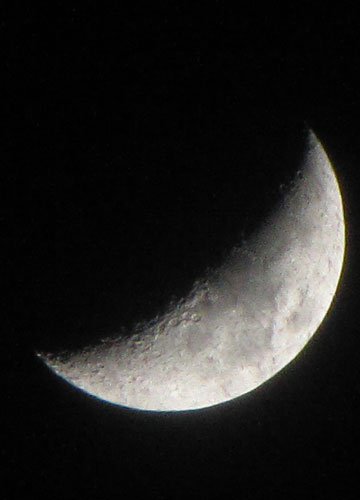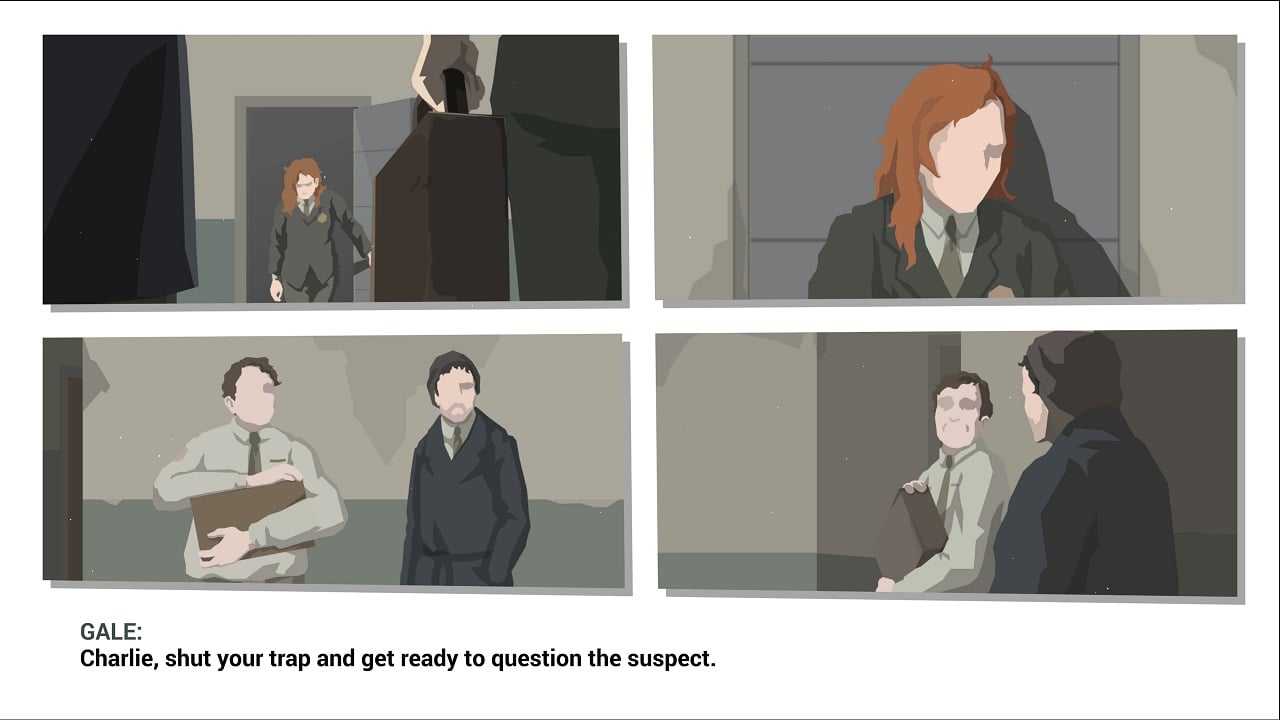
Tabatha Abu El-Haj, a professor of law at Drexel University in Philadelphia and an expert on the first amendment and the right of peaceable assembly, said unlawful assembly laws have been misused at protests over the past decade – something which “absolutely” could infringe protesters’ civil rights. The right of assembly is clearly laid out in the first amendment of the constitution, which says no law should restrict the “right of the people peaceably to assemble, and to petition the Government for a redress of grievances”, but experts argue that police actions have failed to abide by that notion.Ġ2:05 How US police have responded with violence to protests against police brutality – video report The data documents 60 incidents of officers using unlawful assembly – almost half of these instances took place in Portland. The use of “unlawful assembly” to arrest protesters has also been a pervasive tactic in shutting down protests. Ross, who wrote the book Against the Fascist Creep and contributed to a damning Amnesty International report which found police had frequently failed to “prohibit and prevent threats of violence by armed groups and individuals at peaceful assemblies”, said police enabling of the far right was not “a universal reality”, but said some police departments “have done this for a long time”. “It’s sort of one hand washes the other here, where the police are unable to come in and beat down the protesters in this way sometimes, and so the far right, which absolutely supports the police, does it for them.” Photograph: Carolyn Cole/Los Angeles Times/Rex/Shutterstock Minnesota state patrol officers spray journalists with pepper spray at a Black Lives Matter protest in Minneapolis on 5 June. “This is vigilante activity, that the anti-Black Lives Matter protesters believe is an extension of police – and in some cases the police agree,” said Alexander Reid Ross, a professor at Portland State University and researcher at the Center for Analysis of the Radical Right. In Olympia, Washington, a police officer posed for a photo with individuals who appeared to be members of the 3 Percenters, a rightwing militia group, while in Philadelphia officers stood by as a group of rightwing men attacked a journalist.
#THIS IS THE POLICE 2 HOW TO#
The Seattle police department was involved in at least seven of these instances and in one case this contributed to the death of Summer Taylor, a 24-year-old protester who was hit by a car which was able to get through a police blockade.Īnother notable instance took place in Washington DC, where the Ohio national guard deployed a known neo-Nazi to the anti-racism protests taking place in the city, while in Salem, Oregon, video shows an officer advising armed, white, counter-protesters on how to avoid arrest as police prepare to enforce a curfew. Nineteen incidents show police being permissive to far-right members and treating white supremacists favorably at protests.

New York protester forced into unmarked van by plainclothes police – videoĪnother troubling detail from the data is how police have handled rightwing extremists, who have frequently come out to “counter-protest” anti-racism demonstrations. This could be because it launched early, our rights have expired, there was a legal issue, or for another reason. More than 200 incidents took place in Portland, where police spent more than $117,500 on teargas and less-lethal munitions in a six-week period from late May, according to Oregon Live. The data is probably an undercount as it only contains documented and verified incidents.

Originally the data focused on attacks on the media and almost 150 incidents were identified by 2 June, but the collection was expanded to include incidents involving civilians during the protests too. More than 500 of instances of police using less-lethal rounds, pepper spray and teargas Ħ0 incidents of officers using unlawful assembly to arrest protesters ġ9 incidents of police being permissive to the far right and showing double standards when confronted with white supremacists The database shows more than 1,000 violations, including:

Journalist flee Minnesota State Patrol officers as they spray journalists with pepper spray and fire rubber bullets at them outside the 5th Precinct police station in Minneapolis, Photograph: Carolyn Cole/Los Angeles Times/Getty ImagesĪt least 950 instances of police brutality against civilians and journalists during anti-racism protests have occurred in the past five months, according to data collected by Bellingcat and Forensic Architecture and analysed by the Guardian.


 0 kommentar(er)
0 kommentar(er)
